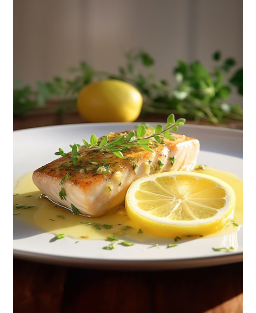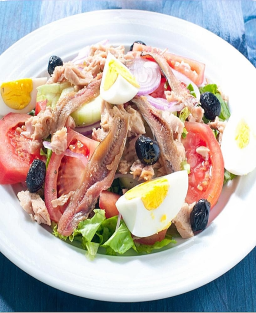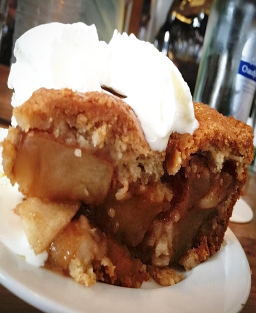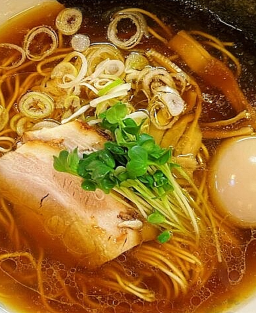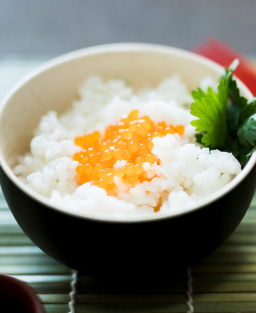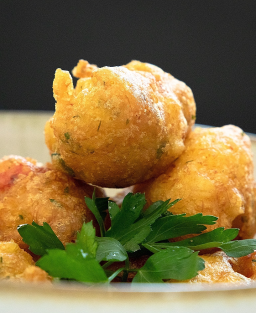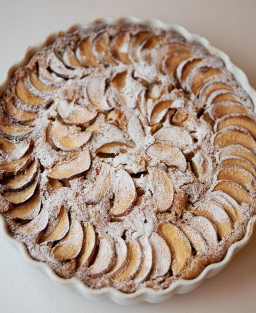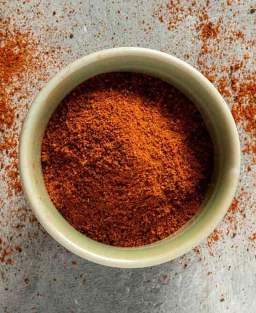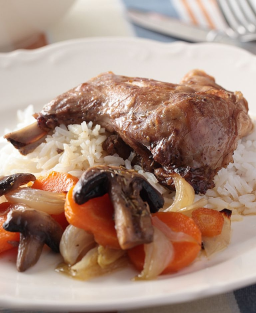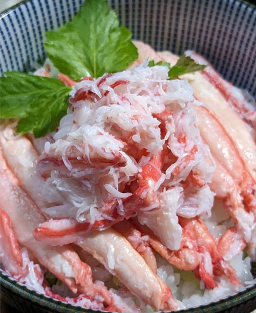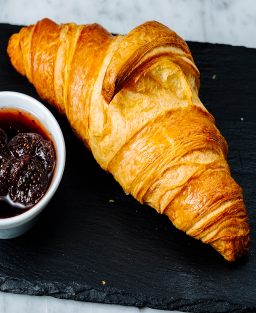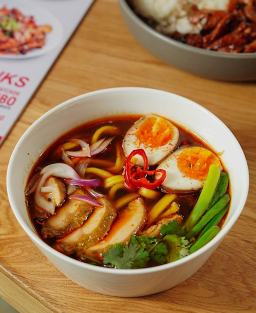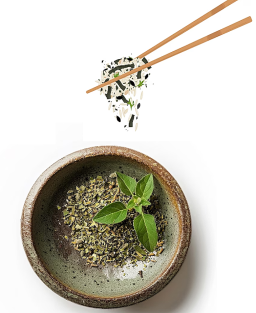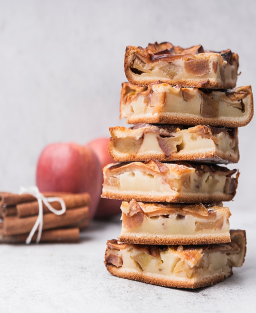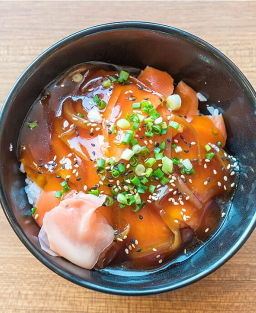- Out-of-Stock
Recipe for the Authentic Normandy Sauce: Velouté with Sole Fumet, Mushroom Essence, and Oyster Juice
Recipe for the Authentic Normandy Sauce: Velouté with Sole Fumet, Mushroom Essence, and Oyster Juice
"Normandy-style" sauce and the authentic Normandy sauce recipe
Dishes called "à la normande," like veal chops, use typical Normandy ingredients (cream, butter, calvados, mushrooms), but they do not correspond to an authentic recipe. In reality, the true Normandy sauce is a refined preparation, exclusively dedicated to fish and seafood, and based on the classic techniques of French haute cuisine. Modern recipes, on the other hand, are free adaptations, which should rather be called "Normandy-style."
The True Normandy Sauce
The true Normandy sauce, codified in the classical tradition, notably by Escoffier, is a sauce for fish and seafood. It is based on:
-
A velouté made with sole fumet,
-
Oyster juice,
-
Mushroom essence,
-
A reduction,
-
A liaison with egg yolks and cream,
-
A finish with butter and fresh cream.
1. The First Traces of the Normandy Sauce
Even before the creation of a codified Normandy sauce, cream and butter sauces were already common in French cuisine, and more specifically in Normandy. Therefore, the Normandy sauce has its roots in these ancient techniques of Normandy cooking and French haute cuisine.
The classic recipe for Normandy sauce uses a fish stock, often made from sole, as well as local products such as oysters and fresh cream. However, the first written recipes are a bit blurry and often mixed with other regional recipes.
Foundational Sources and Books:
-
"Le Cuisinier François" (1651) by La Varenne: This book is one of the first to codify French cuisine and influence haute cuisine. Although it does not directly reference the Normandy sauce, it provides an important base for cream-based sauces, which are found in the Normandy sauce. La Varenne defines the foundations of mother sauces like béchamel and velouté, which are the basis of many sauces, including the Normandy sauce.
-
"La Cuisine Classique" (1833) by Antonin Carême: Antonin Carême, royal chef and renowned gastronome, is a key figure in the history of French cuisine. Although his work does not specifically mention the Normandy sauce, it presents techniques for sauces similar to the norms in haute cuisine, such as cream sauces and fish stock-based bindings, which he developed extensively.
-
"Le Guide Culinaire" (1903) by Auguste Escoffier: This famous chef, often considered the father of modern cuisine, codifies in this book traditional sauce recipes, including creamy sauces. He proposes fish-based sauces, some of which are direct ancestors of the Normandy sauce.
The International Influence and Legacy of the Normandy Sauce
Thanks to renowned chefs such as Carême, Escoffier, Bocuse, and Guérard, the Normandy sauce has crossed the borders of French cuisine to become established in major international kitchens. By mixing emblematic Normandy ingredients, such as fresh cream, fish fumet, mushroom essence, and oyster juice, it harmoniously combines the flavors of land and sea. This unique blend gives it a refined character, distinguishing it from other fish-based sauces. A true symbol of Normandy's culinary heritage, the Normandy sauce remains deeply rooted in French gastronomic tradition while embodying innovation and elegance.
Ingredients:
-
400 ml of sole fumet (prepared from sole heads and bones or clear fish stock)
-
50 ml of mushroom essence (concentrated extract of Paris mushrooms or porcini)
-
50 ml of oyster juice (from oysters or homemade)
-
30 g of butter (for making the roux)
-
30 g of flour (for the roux)
-
2 egg yolks
-
150–200 ml of thick fresh cream
-
Salt and white pepper
-
Cold butter (for finishing the sauce)
Preparation:
-
Preparing the Velouté with Sole Fumet
-
Make the roux over low heat until it becomes a light golden color (not too dark to avoid a "burnt" taste).
-
Gradually add the warm sole fumet while constantly whisking to prevent lumps. Cook gently for about 10 minutes until the mixture thickens slightly.
-
-
Add the Mushroom Essence and Oyster Juice
-
Add the mushroom essence and oyster juice to the velouté.
-
-
Bind with the Egg Yolks and Cream
-
Whisk the egg yolks with the thick fresh cream.
-
Gradually add some of the hot preparation (velouté) to the egg yolks while whisking to temper them and prevent coagulation. Then, gently pour the egg yolk and cream mixture into the pan with the velouté, stirring constantly.
-
-
Reduce to Concentrate the Flavors
-
Let it cook over low heat, stirring regularly, until the sauce achieves a coating texture. Be careful not to let the sauce boil to avoid coagulating the egg yolks.
-
-
Finish with Cream and Butter
-
At the end of cooking, add some cold butter (30 g) to give the sauce a glossy finish and smooth texture. Additional cream (if needed) can also be added here to adjust the texture if you prefer a creamier sauce.
-
-
Season
-
Taste and adjust the seasoning with salt and white pepper according to your preference.
-
Usage:
This velouté made with sole fumet is perfect for accompanying seafood or fish dishes like sole, turbot, or even lobster. It’s a refined and creamy sauce, ideal for special occasions.












